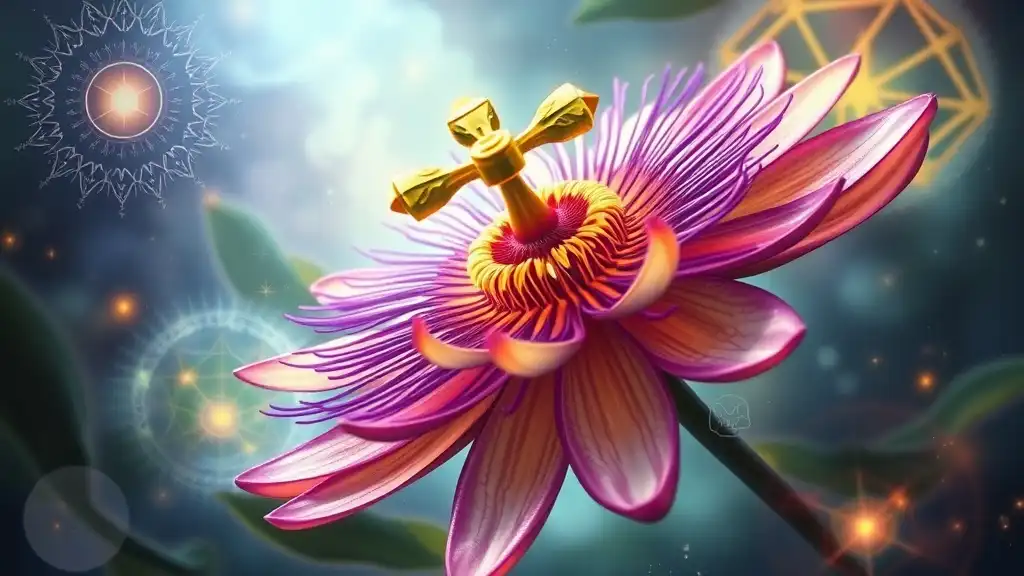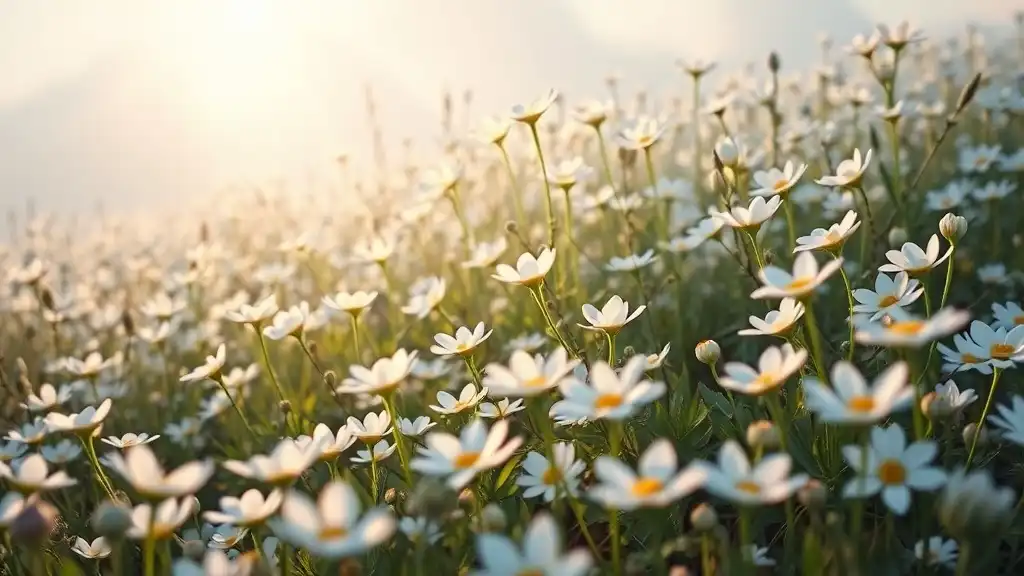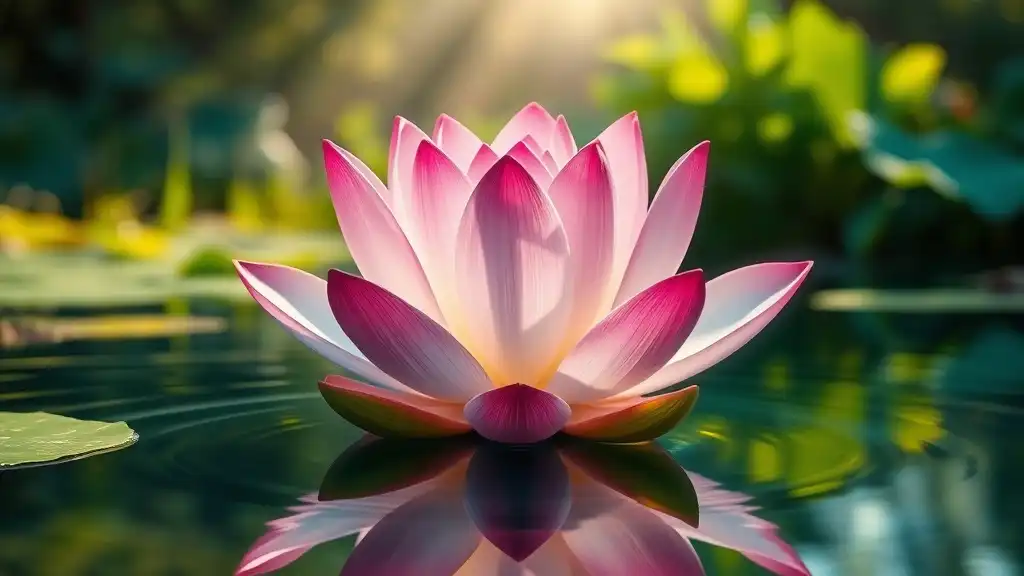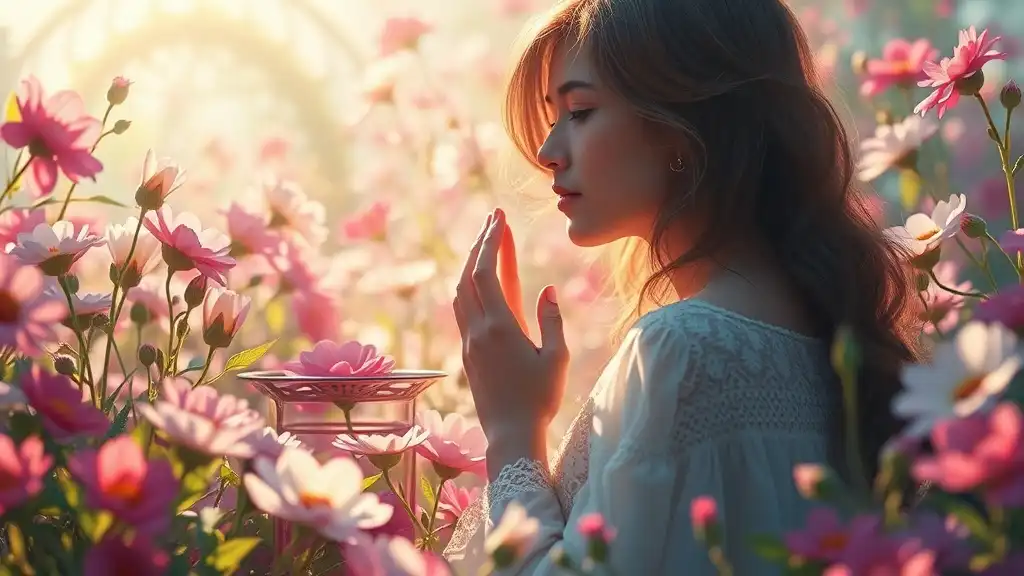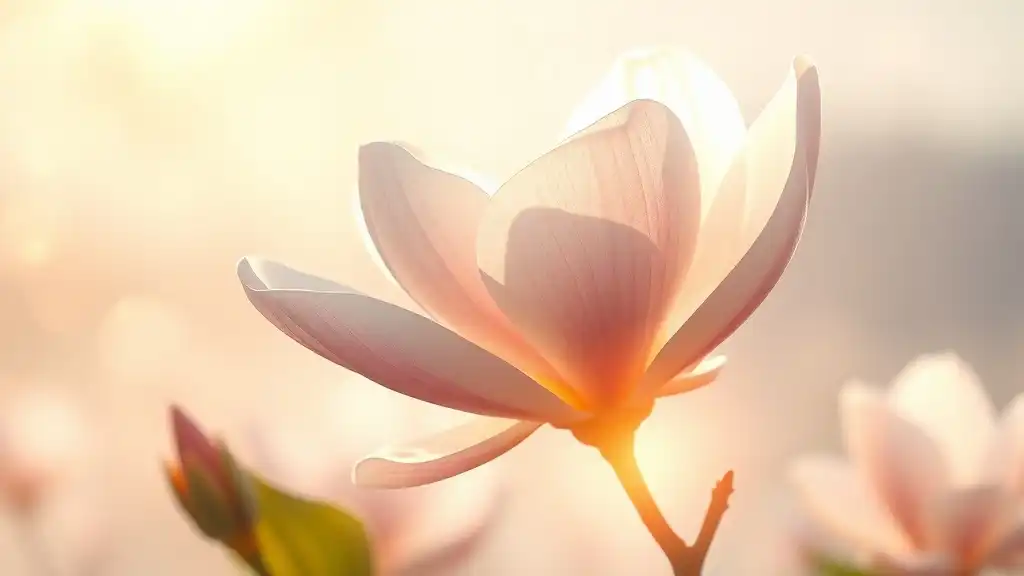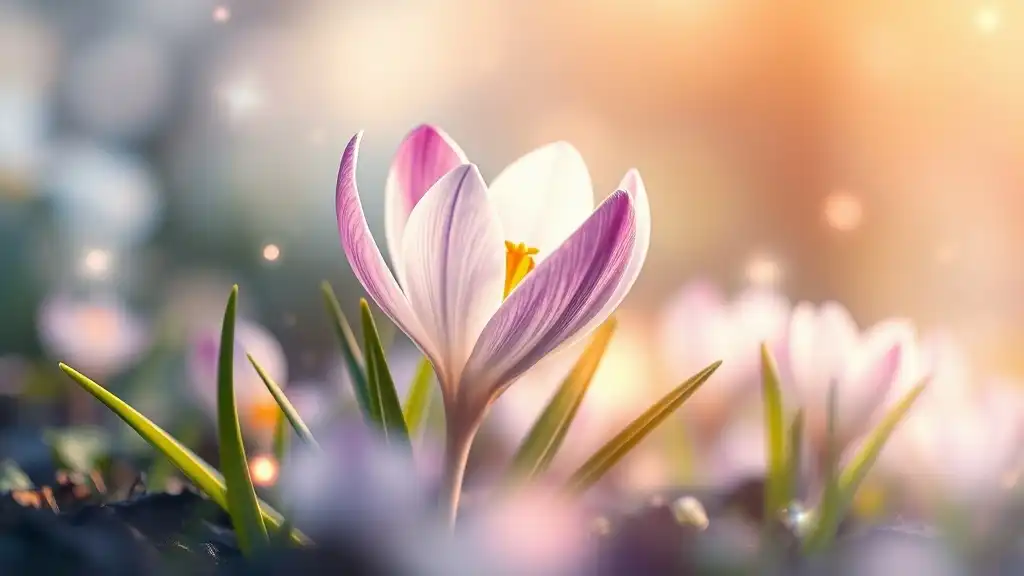Passion flower, known scientifically as Passiflora, is more than just a stunning plant with intricate blossoms; it holds deep spiritual significance that has impacted cultures around the world. In this exploration, we will uncover the layers of meaning behind this remarkable flower, tracing its historical roots, uncovering its spiritual symbolism, and discussing its applications in spiritual practices.
The History of Passion Flower
Cultural Significance
Passion flower has deep historical roots, particularly among Indigenous peoples of the Americas. Traditionally, it was utilized both as a medicinal herb and a spiritual aid. The plant’s calming properties were known to help ease anxieties and foster a sense of peace. Many indigenous cultures regarded it as a sacred plant, a direct link to the divine, believing it could facilitate communication with the spiritual realm.
In South America, the passion flower was prominent in ancient rituals where it was used for both its physical and metaphysical benefits. The plant became a bridge between the Earth and the cosmos, symbolizing the connection between the material world and spiritual enlightenment.
Mythological Associations
Passion flower is steeped in mythology, often intertwined with the story of the Passion of Christ. The flower is said to represent the different elements of Christ’s crucifixion: the ten petals symbolize the ten apostles, and the corona filaments represent the crown of thorns. Such associations lend the flower a dual significance as both a symbol of death and rebirth, making it a powerful representation of transformation and spiritual resurrection.

Physical Characteristics of Passion Flower
Description of the Plant
The passion flower boasts a striking appearance with its intricate blooms, typically characterized by vibrant colors and unique shapes. Its flowers can be purple, white, or blue, each hue imbued with symbolic meaning. The fascinating structure of the petals and sepals draws the eye and evokes a sense of wonder, an immediate connection to nature’s artistry.
Spiritual Connections Through Appearance
In spiritual contexts, the colors and shapes of the passion flower play significant roles. The vibrant purple of some species is often linked to spirituality and higher consciousness, indicating a bridge between the earthly and the divine. The circular patterns found within the flower's structure can symbolize wholeness, balance, and unity with the universe. Such elements remind us of the interconnectedness of all life, enhancing our understanding of our place within the cosmos.

Spiritual Meanings of Passion Flower
Symbolism of Passion
At its essence, the passion flower embodies passion, love, and devotion. In spiritual practice, passion is not merely something that fuels desires; it represents an intense, unwavering commitment to your spiritual journey. The flower serves as a reminder to pursue what ignites your soul, whether it’s love for others or a passion for personal growth. Embracing the energy of the passion flower can help individuals reconnect with their inner fire, motivating them to engage fully in life.
Connection to Spiritual Rebirth
One of the most profound meanings of the passion flower is its association with spiritual rebirth. Just as the plant undergoes cycles of blooming and wilting, so too do we experience phases of transformation. This resilience makes the passion flower a symbol of hope; it teaches us that from endings can come new beginnings. Engaging with the energy of the passion flower can facilitate personal growth, encouraging individuals to embrace change as a vital component of their spiritual evolution.
Meditative Qualities
The calming properties of passion flower extend into the realm of meditation. Many practitioners utilize the flower to aid in quieting the mind and enhancing focus during meditation. Its essence can help cultivate a peaceful environment, easing tension and stress. By channeling the tranquil energy of the passion flower, individuals can achieve a deeper state of mindfulness, fostering a richer connection to their higher selves.

Uses of Passion Flower in Spiritual Practices
Herbal Magic and Remedies
Passion flower's spiritual significance often intersects with its practical uses in herbal magic. It is frequently used in spells centered around love, peace, and tranquility. When harnessing its properties, practitioners may create teas or tinctures, or even make infused oils to help enhance their rituals. The calming nature of the flower also makes it a popular choice for those seeking emotional healing or clarity.
Passion Flower in Rituals
Ritualistic practices featuring passion flower are diverse and deeply personal. Whether it’s incorporated into a full moon ceremony or used during a time of transition, it serves as a focal point for intention-setting. Practitioners often create their rituals by combining passion flower with other sacred herbs or crystals, enhancing the overall energy of the practice. Such rituals create sacred space, allowing individuals to connect more deeply with their desires and intentions.
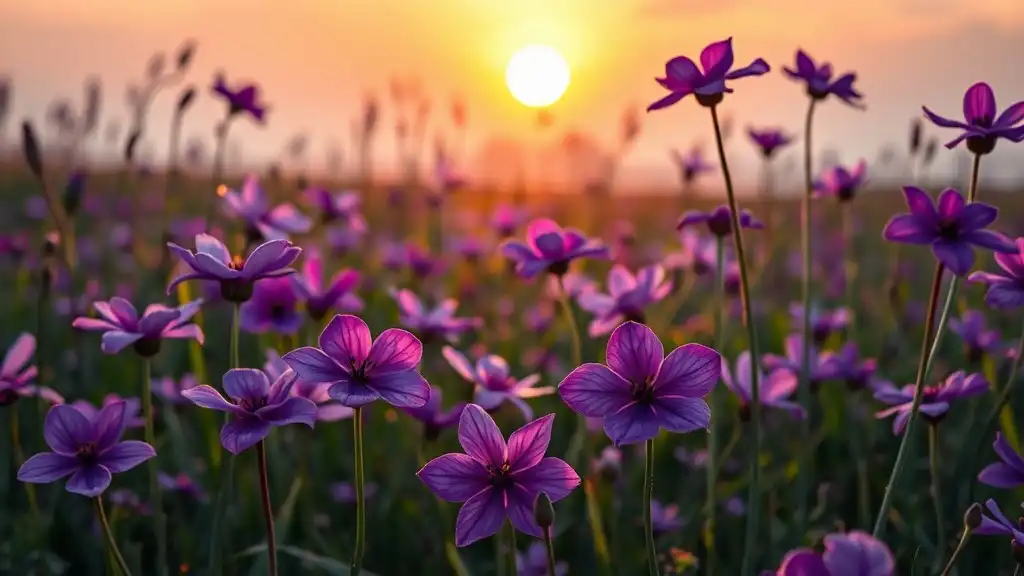
Conclusion
As we delve into the spiritual significance of the passion flower, we uncover layers of wisdom that speak to our experiences as human beings. From its historical importance to its symbolic meanings of passion and rebirth, the passion flower encourages us to engage with life fully and with passion. Whether through meditation, herbal remedies, or ritual, this exquisite flower can guide us along our spiritual paths, inviting us to explore the transformative power within ourselves. By connecting with the essence of the passion flower, we open ourselves up to the possibilities of growth, healing, and deeper understanding.

